Discoveries That Changed How We Looked At Human History
Human history is dotted with pivotal discoveries that have reshaped our understanding of the past. These finds are not just relics; they are keys that unlock stories and insights about civilizations long gone. From language translations to ancient technologies, each discovery provides a unique glimpse into our ancestors’ lives and achievements. Join us as we journey through some of the most remarkable archaeological discoveries that have changed the way we perceive human history.
The Rosetta Stone: Deciphering the Language of the Ancients
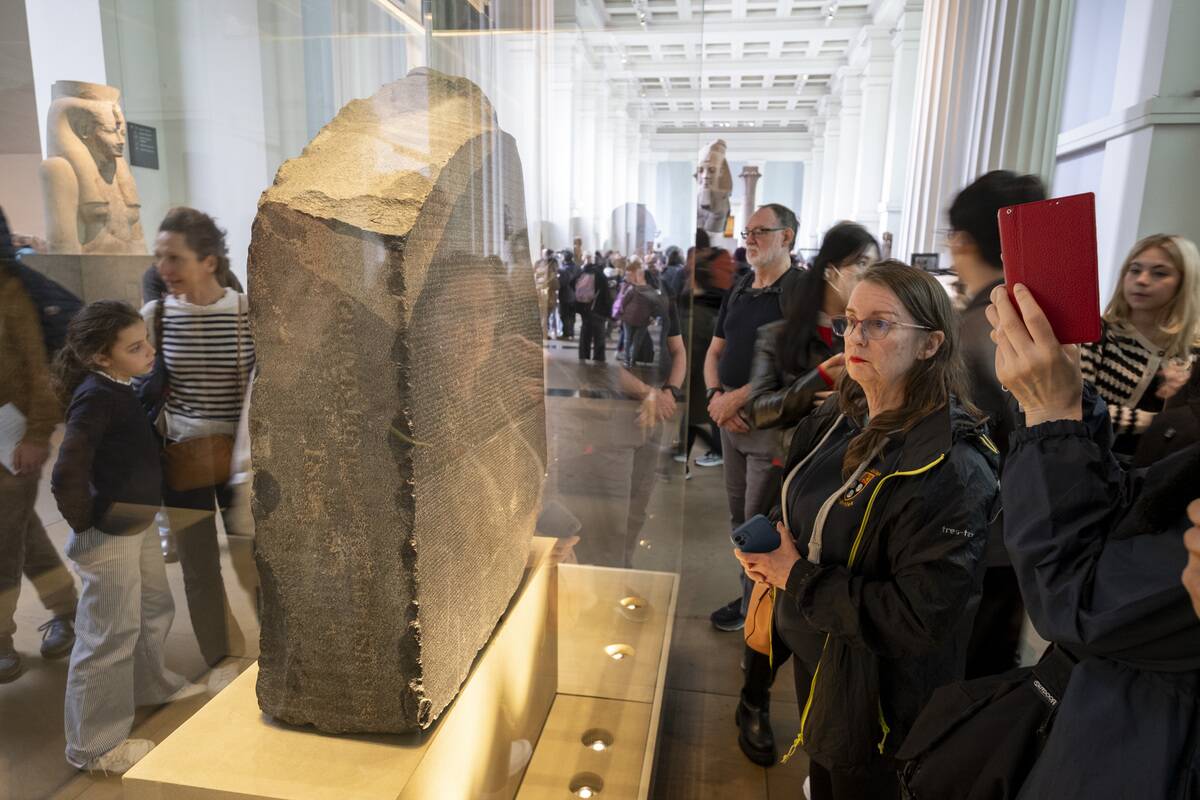
The Rosetta Stone, discovered in 1799, was instrumental in deciphering Egyptian hieroglyphs, unlocking the secrets of an ancient civilization. This black granite slab, featuring inscriptions in Greek, Demotic, and hieroglyphs, was unearthed by French soldiers in Egypt. It was the work of linguist Jean-François Champollion in the 1820s that eventually led to the translation of these symbols, making it possible to read and understand countless Egyptian texts, revealing insights into their culture and governance.
The Tomb of Tutankhamun: Unraveling Egypt’s Glorious Past
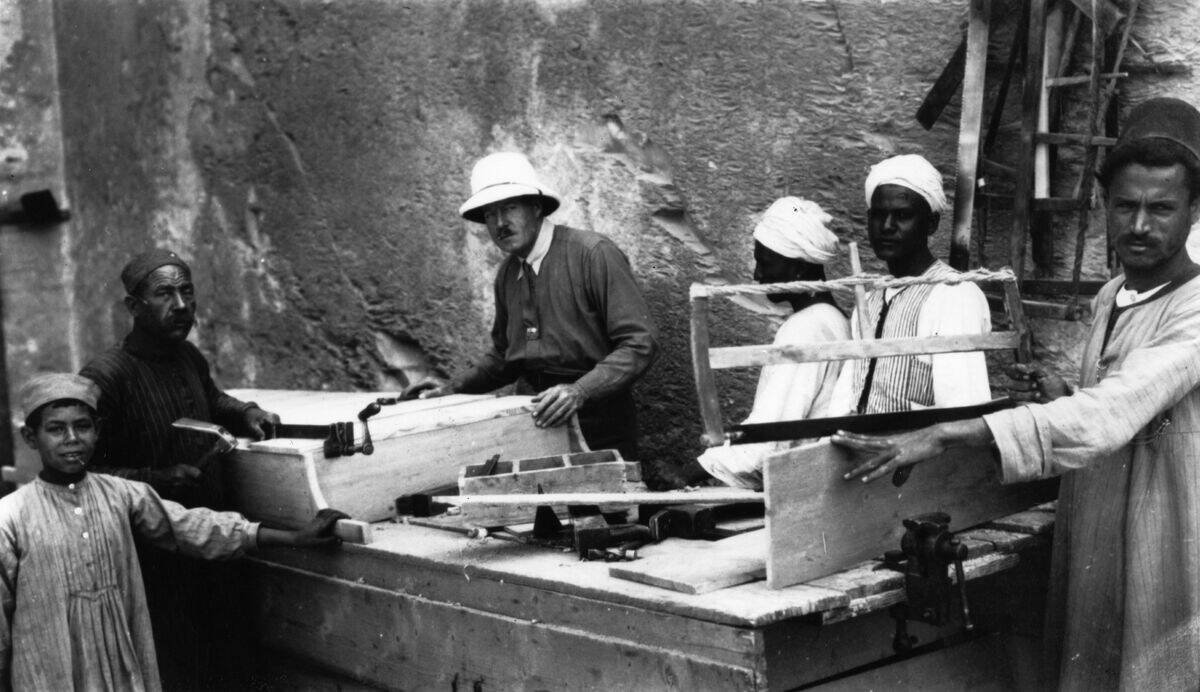
Howard Carter’s discovery of Tutankhamun’s tomb in 1922 opened a window into ancient Egypt’s opulence and religious practices. The tomb, found in the Valley of the Kings, was remarkably intact, filled with artifacts, including the iconic golden mask. These treasures provided invaluable insights into the life and death of the young pharaoh and the sophisticated burial customs of the time. The discovery continues to fascinate and inform our understanding of ancient Egyptian civilization.
The Dead Sea Scrolls: A Peek into Ancient Religious Texts

The Dead Sea Scrolls, discovered in the late 1940s in the caves of Qumran, are among the most significant archaeological finds of the 20th century. These ancient Jewish texts, written on parchment and papyrus, date back to the third century BCE. They include some of the oldest known manuscripts of the Hebrew Bible, offering crucial information on the religious beliefs, practices, and community life of the time. The scrolls have provided scholars with a deeper understanding of Jewish history and early Christianity.
The Terracotta Army: Unearthing China’s First Emperor
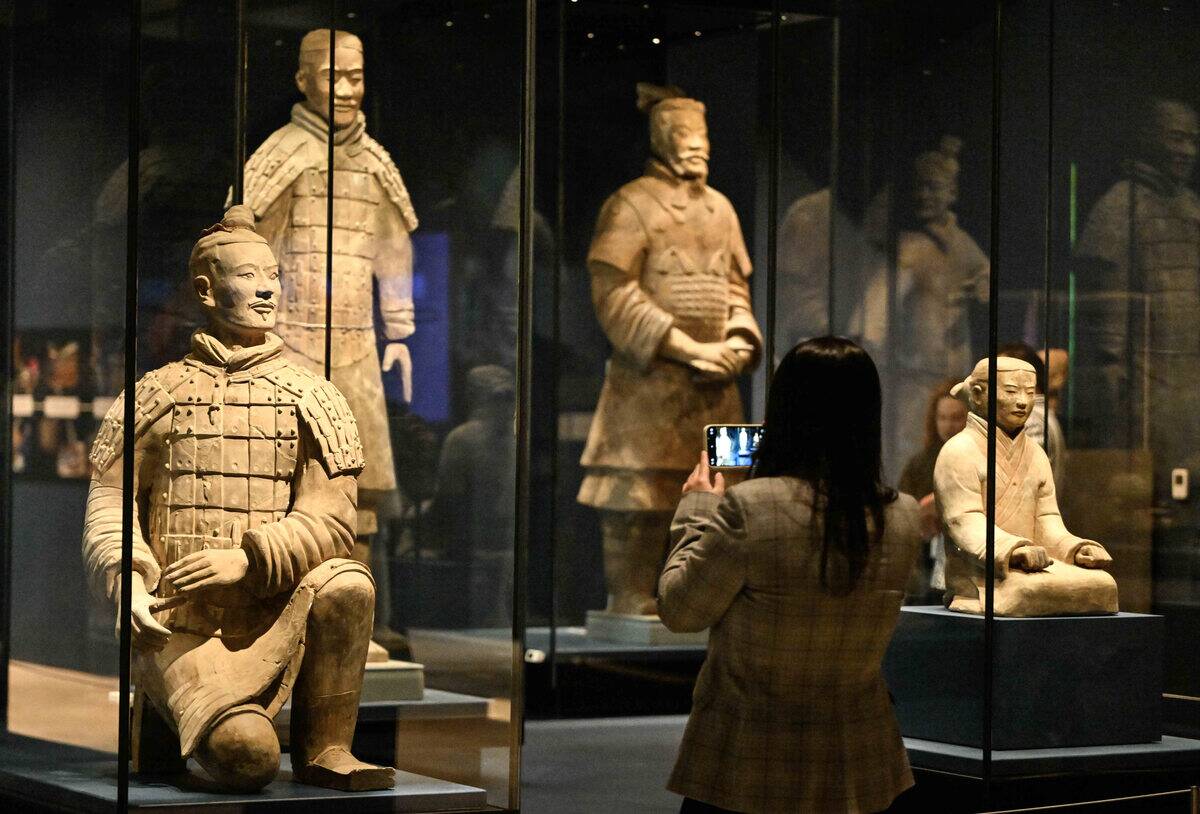
In 1974, farmers digging a well near Xi’an, China, stumbled upon the Terracotta Army, a vast collection of life-sized clay soldiers. These figures were part of the mausoleum of Qin Shi Huang, China’s first emperor, who unified the country in the third century BCE. The army, with its detailed craftsmanship, reflects the military might and artistic achievements of the Qin Dynasty. This discovery has given historians and archaeologists a wealth of information about ancient Chinese history, culture, and funerary practices.
Göbekli Tepe: Rethinking the Origins of Civilization
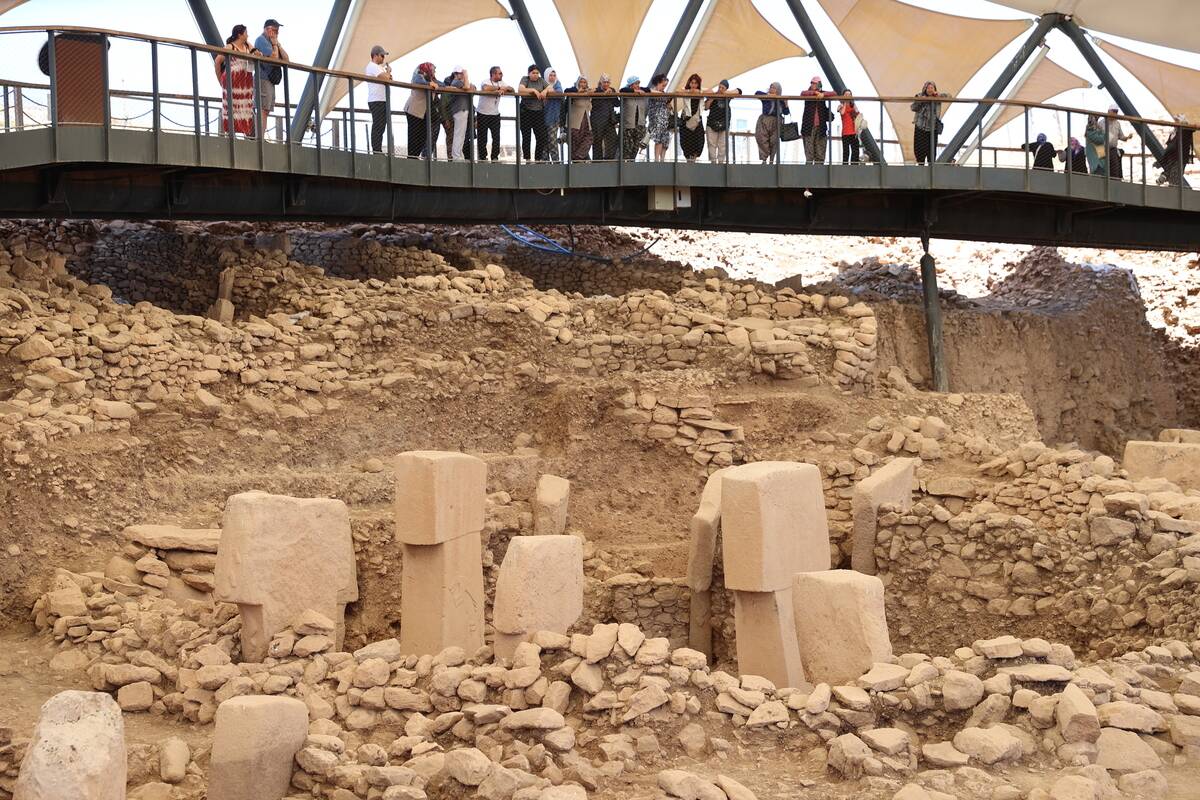
Göbekli Tepe, located in modern-day Turkey, is a monumental archaeological site dating back to around 9600 BCE. Discovered in the 1990s, its massive stone pillars arranged in circles challenge previous notions of early human societies. This site predates Stonehenge by several millennia and suggests that organized religion may have played a significant role in the development of complex societies. The discovery has sparked debates about the origins of civilization, indicating that communal activities may have preceded agriculture.
Lucy: The Fossil That Walked the Earth
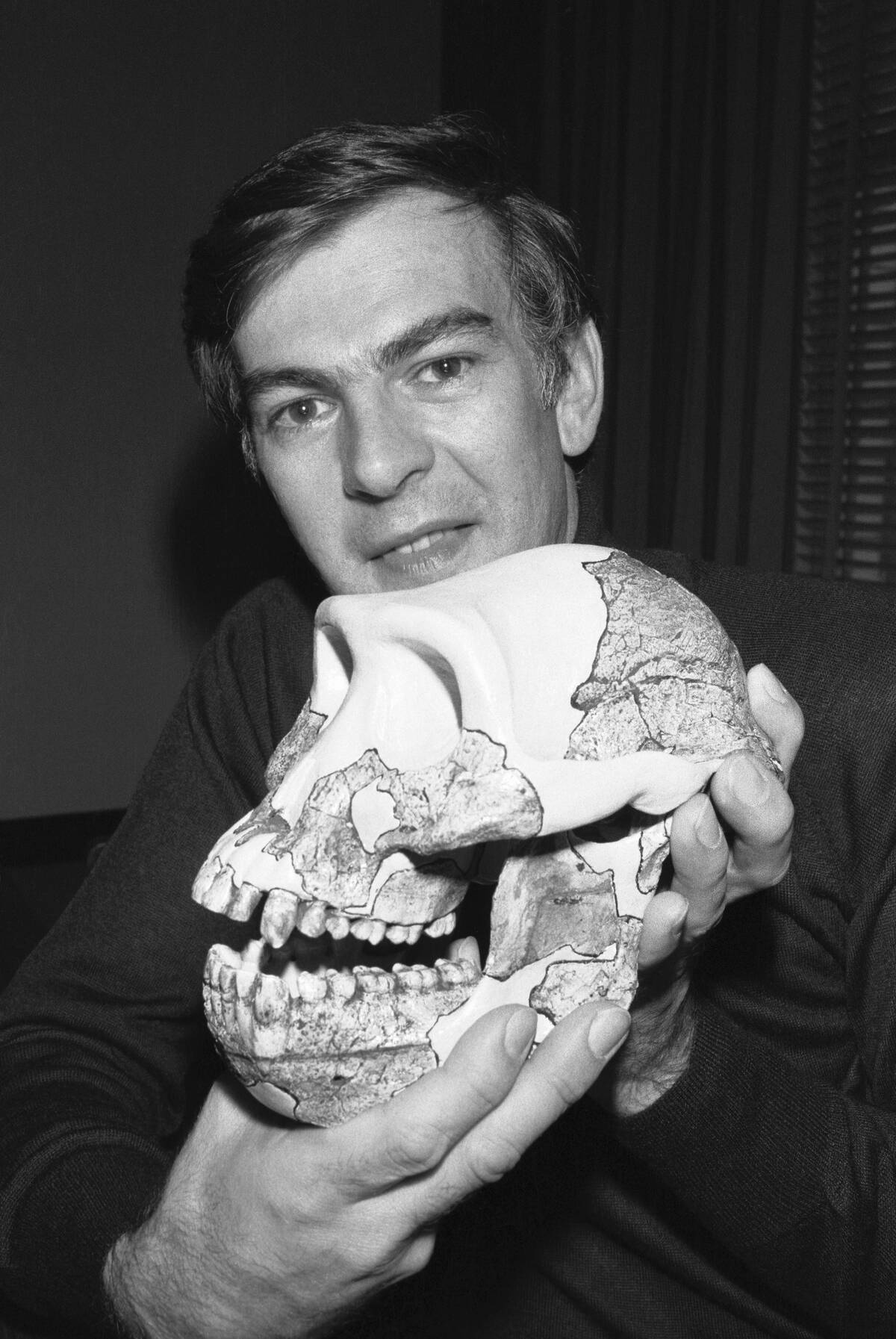
In 1974, the discovery of Lucy, a 3.2-million-year-old fossil in Ethiopia, transformed our understanding of human evolution. Lucy, an Australopithecus afarensis, was only about 3.5 feet tall, yet her skeletal remains showed she walked upright, a key trait in human evolution. This find provided crucial evidence that bipedalism preceded the development of larger brains, reshaping theories about the evolutionary path of hominins. Lucy remains one of the most famous and significant fossils in the study of human origins.
The Iceman Otzi: Europe’s Oldest Natural Mummy
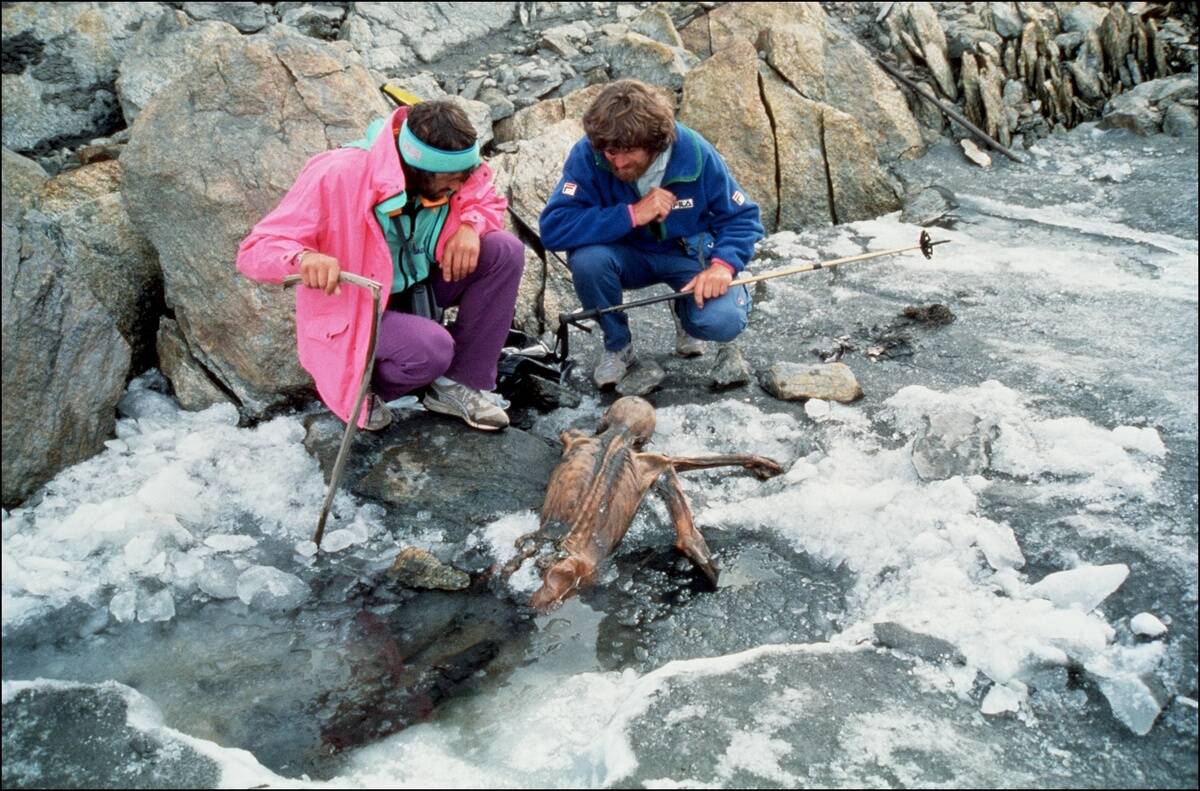
Otzi the Iceman was discovered in 1991 in the Alps between Austria and Italy, dating back to around 3300 BCE. Preserved by glacial ice, Otzi’s remarkably intact remains provide a direct link to Europe’s Copper Age. His belongings, including a copper axe and clothing made from leather and grass, offer insights into the technology and daily life of prehistoric Europeans. Scientific studies of Otzi have revealed details about his diet, health, and even his final moments, making him an invaluable subject for understanding early human life.
The Antikythera Mechanism: Ancient Greece’s Astronomical Calculator
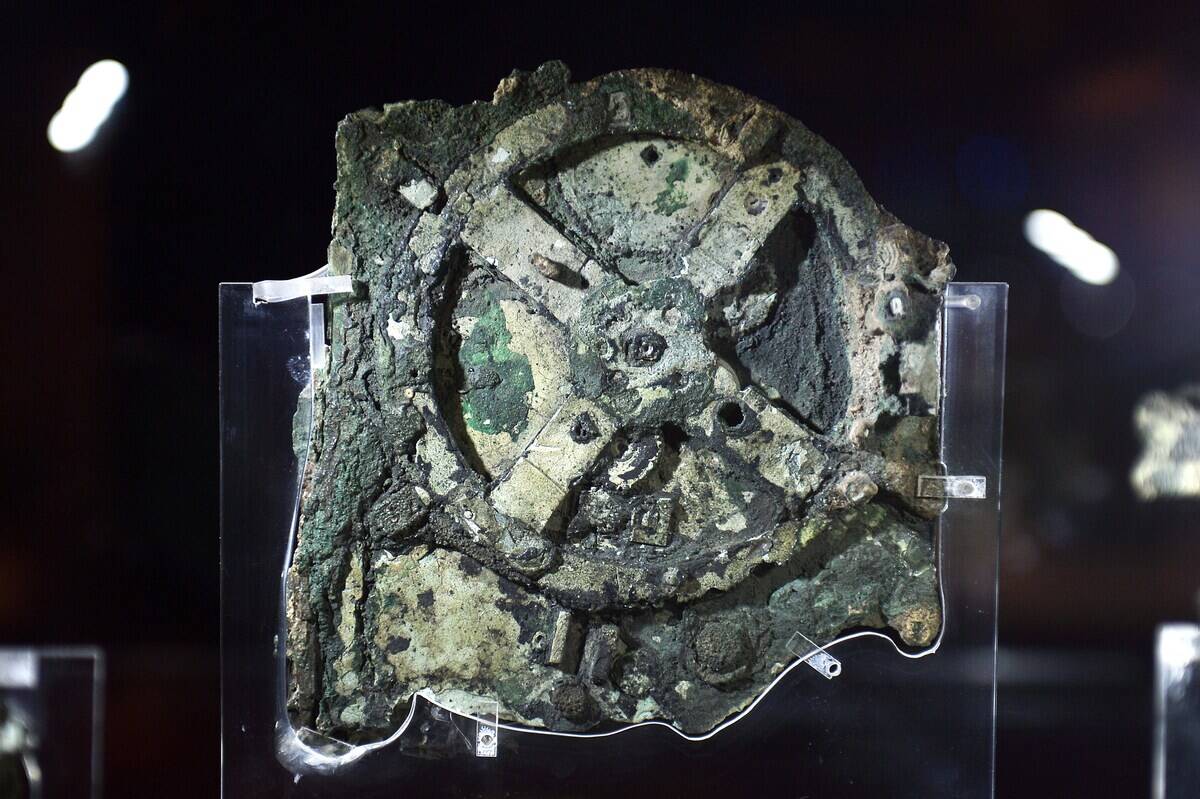
Discovered in 1901 in a shipwreck off the coast of the Greek island Antikythera, the Antikythera Mechanism is a marvel of ancient engineering. Dating to around the first century BCE, this complex device is believed to have been used to predict astronomical positions and eclipses. Often considered the world’s first analog computer, the mechanism’s intricate gears and dials demonstrate the advanced understanding of mathematics and astronomy in ancient Greece. Its discovery has offered profound insights into the technological capabilities of the ancient world.
The Lascaux Cave Paintings: Prehistoric Art in Vivid Color
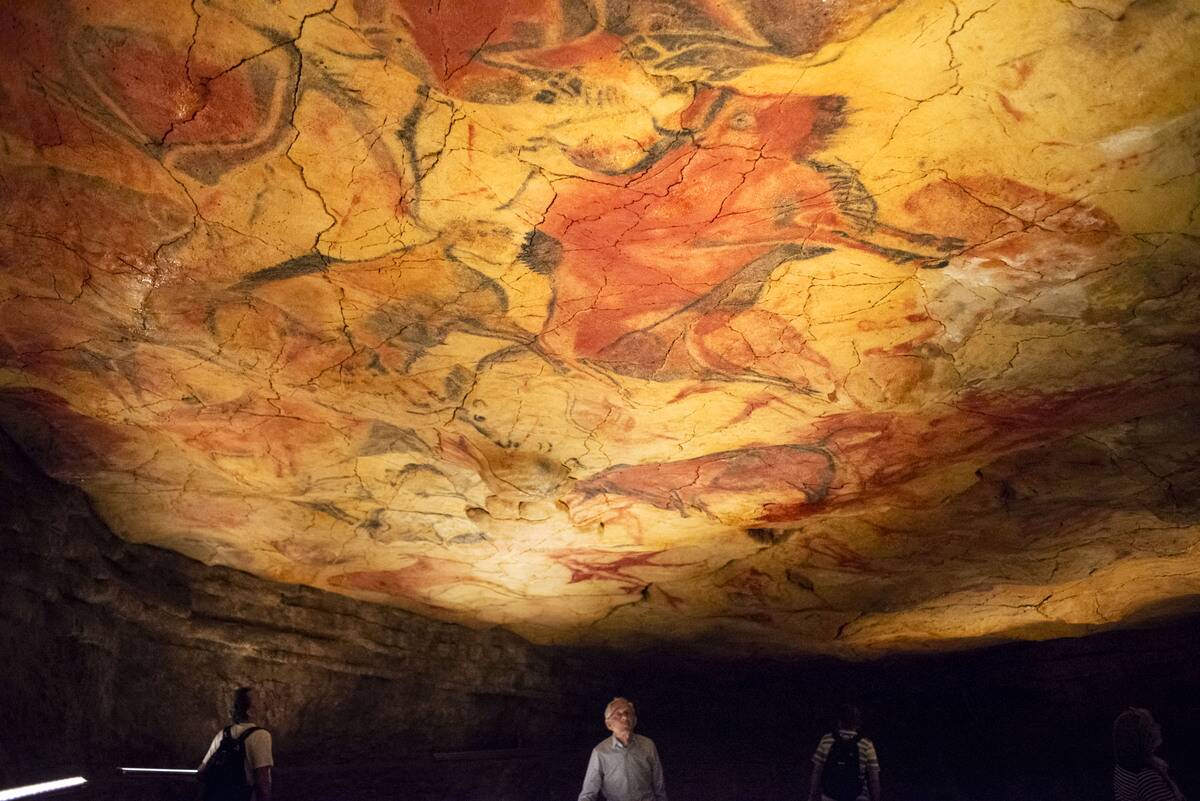
The Lascaux Cave in southwestern France, discovered in 1940, is home to some of the most famous prehistoric art in the world. These vivid paintings of animals, abstract signs, and human figures date back approximately 17,000 years. The artwork provides valuable insights into the symbolic thinking and cultural practices of our Paleolithic ancestors. Due to concerns about preservation, the original cave is closed to the public, but replicas allow visitors to experience the breathtaking artistry that continues to captivate imaginations worldwide.
The Sutton Hoo Ship Burial: Illuminating Anglo-Saxon England
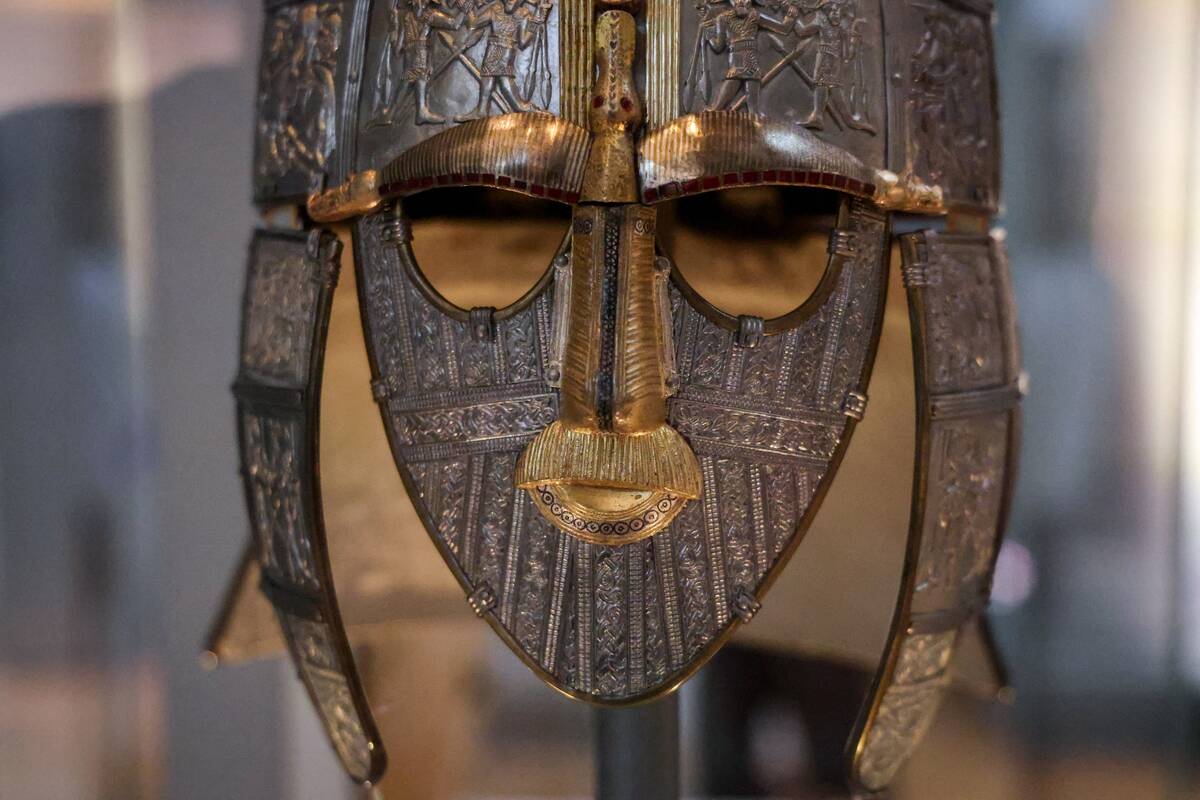
The Sutton Hoo ship burial, discovered in 1939 in Suffolk, England, is a treasure trove of Anglo-Saxon artifacts. The burial site, believed to date from the early 7th century, contained a 27-meter-long ship and an array of exquisite treasures, including a ceremonial helmet, weapons, and gold jewelry. These finds have significantly enhanced our understanding of the early medieval period in England, shedding light on the culture, art, and burial practices of the Anglo-Saxons. The discovery is often likened to a British Tutankhamun.
The Venus of Willendorf: Understanding Prehistoric Views on Fertility

The Venus of Willendorf, a small limestone figurine discovered in 1908 in Austria, dates back to about 25,000 years ago. This voluptuous representation of a female figure is thought to symbolize fertility and womanhood. The exaggerated features of the figurine suggest it may have been used in fertility rituals or as a talisman for successful childbirth. The Venus of Willendorf provides a fascinating glimpse into the symbolic and cultural practices of Upper Paleolithic societies, sparking ongoing debates about prehistoric religion and art.
The Nazca Lines: Mysteries in the Peruvian Desert
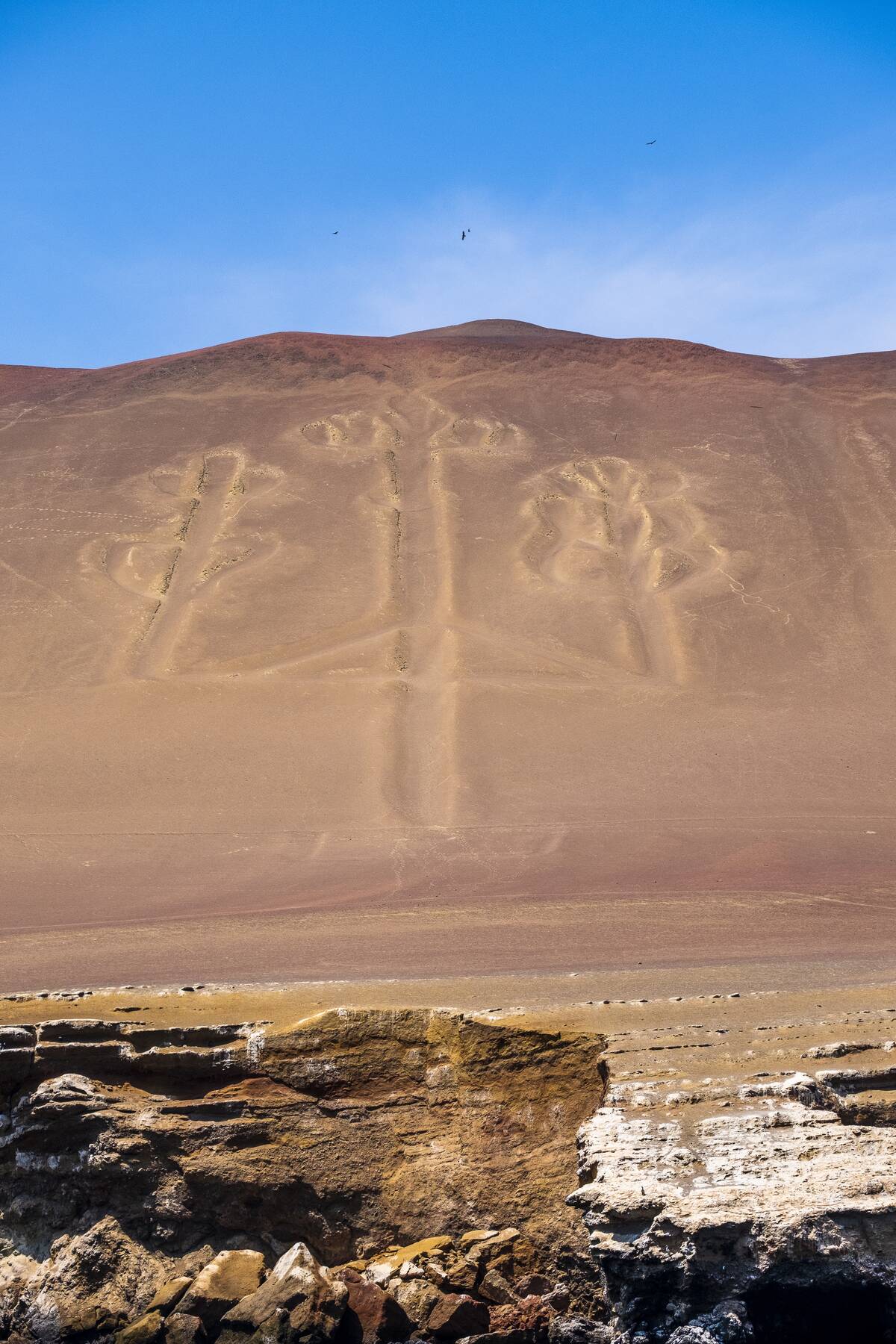
The Nazca Lines, a series of massive geoglyphs etched into the desert plains of southern Peru, have puzzled researchers since their discovery in the 1920s. Created by the Nazca culture between 500 BCE and 500 CE, these lines depict various animals, plants, and geometric shapes. The purpose of the lines remains a mystery, with theories ranging from astronomical calendars to ritual pathways. The Nazca Lines continue to intrigue scholars and tourists alike, offering a unique window into the creativity and beliefs of this ancient civilization.
The Pompeii Ruins: A Snapshot of Roman Life Frozen in Time
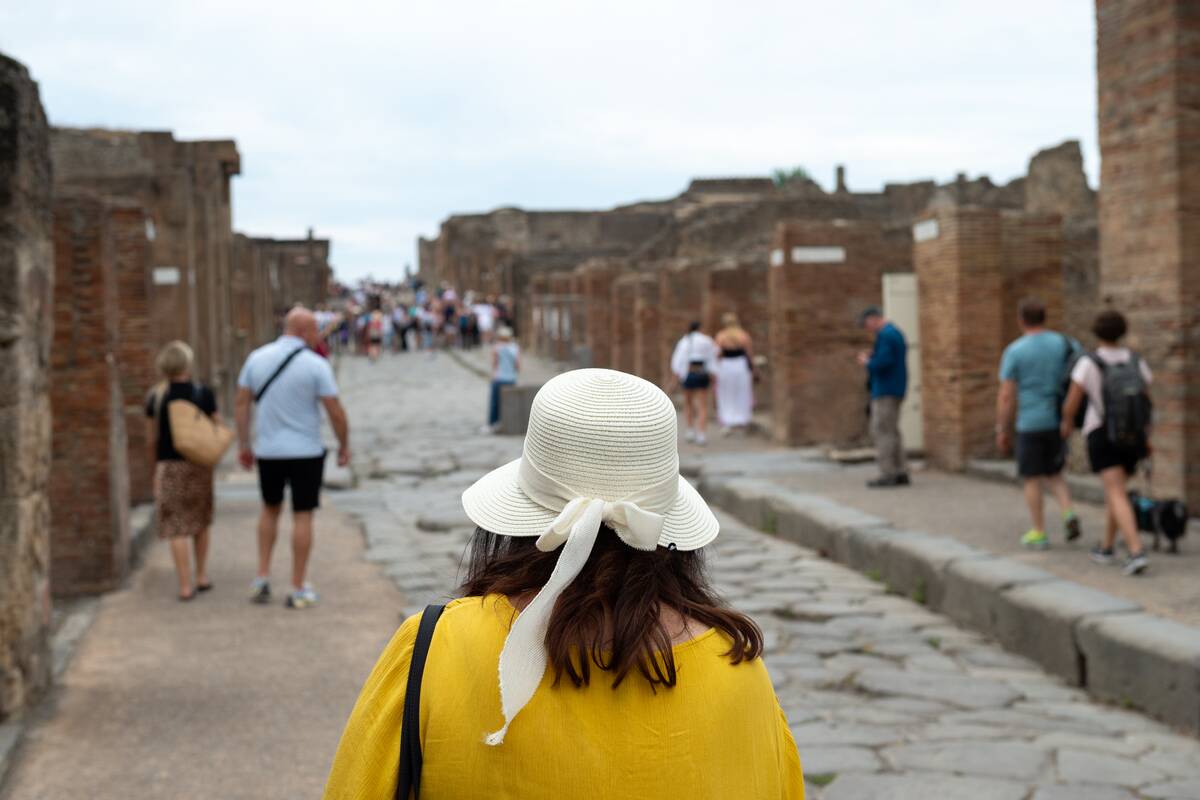
The ruins of Pompeii, buried under volcanic ash after the eruption of Mount Vesuvius in 79 CE, offer an unparalleled snapshot of Roman life. Excavations, which began in the 18th century, have revealed well-preserved buildings, frescoes, and artifacts that provide insights into the daily lives, social structures, and urban planning of the ancient city. The sudden preservation of Pompeii has allowed historians to reconstruct the vibrant and complex society of the Roman Empire, making it one of the most significant archaeological sites in the world.
Stonehenge: The Enigma of the Ancient Megaliths
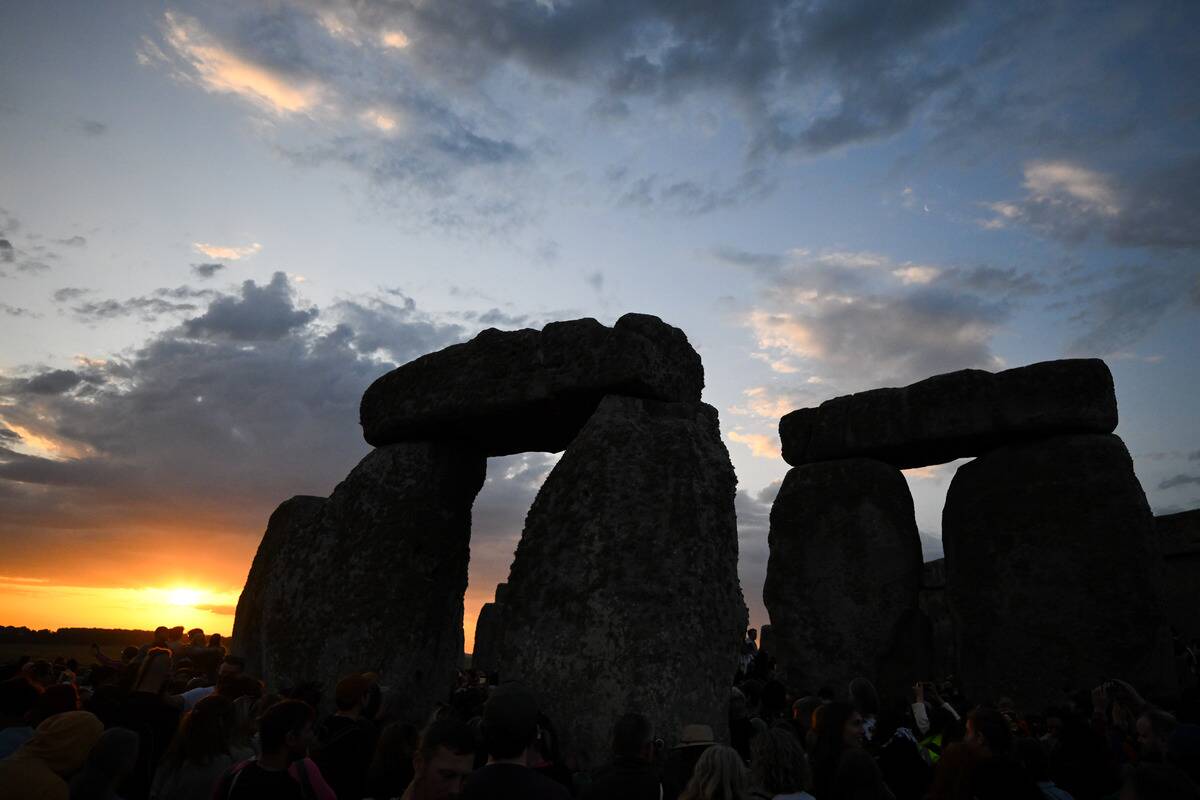
Stonehenge, the iconic ring of standing stones in Wiltshire, England, continues to mystify and captivate both visitors and researchers. Dating back to around 3000 BCE, the purpose of this prehistoric monument remains unclear, with theories ranging from an astronomical observatory to a religious site. The precise engineering and alignment of the stones demonstrate the advanced knowledge and skills of its builders. Ongoing studies and excavations aim to unravel the secrets of Stonehenge, offering insights into the beliefs and practices of the societies that constructed it.
The Incan City of Machu Picchu: Rediscovering a Lost World
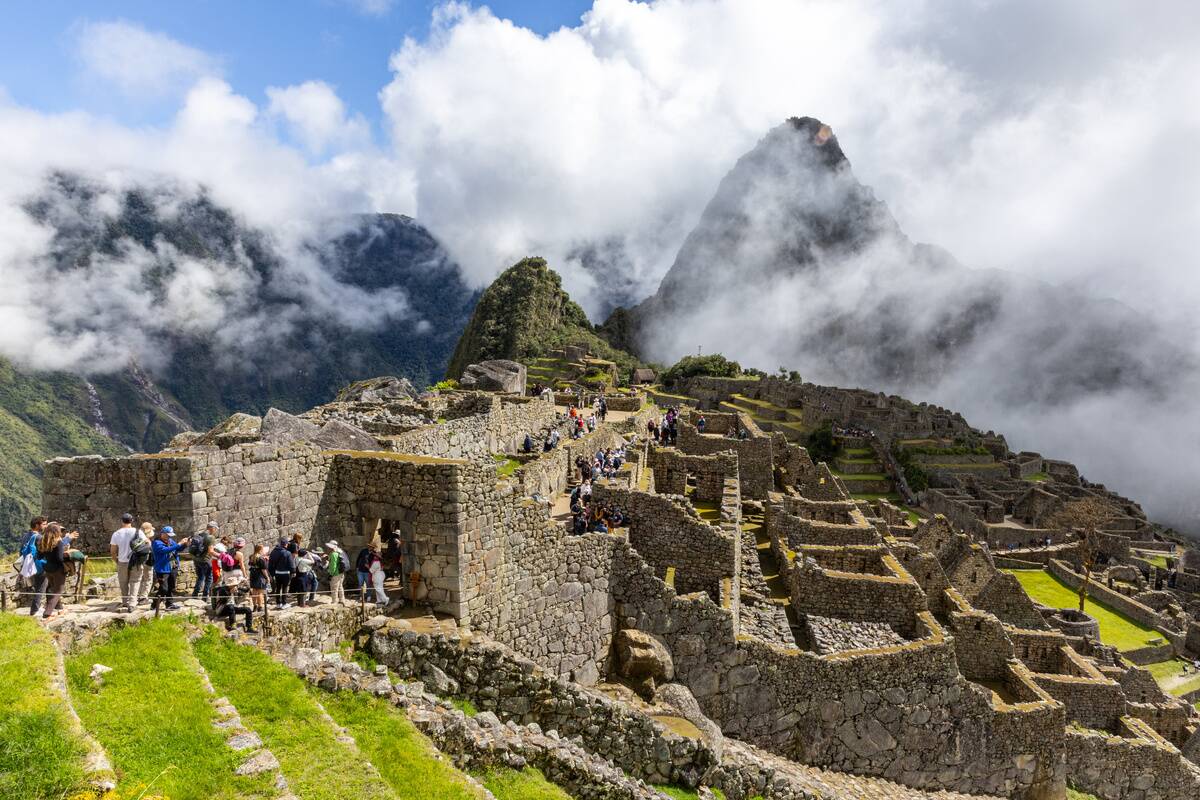
Machu Picchu, the famed Incan city nestled high in the Andes Mountains of Peru, was brought to international attention in 1911 by explorer Hiram Bingham. This stunning archaeological site, believed to have been built in the 15th century, offers a remarkable glimpse into Incan architecture, agriculture, and social organization. The city’s terraced slopes and sophisticated stone structures showcase the ingenuity and resilience of the Inca civilization. Machu Picchu remains a symbol of cultural pride and a testament to Peru’s rich historical legacy.
The Library of Ashurbanipal: The First Great Collection of Knowledge
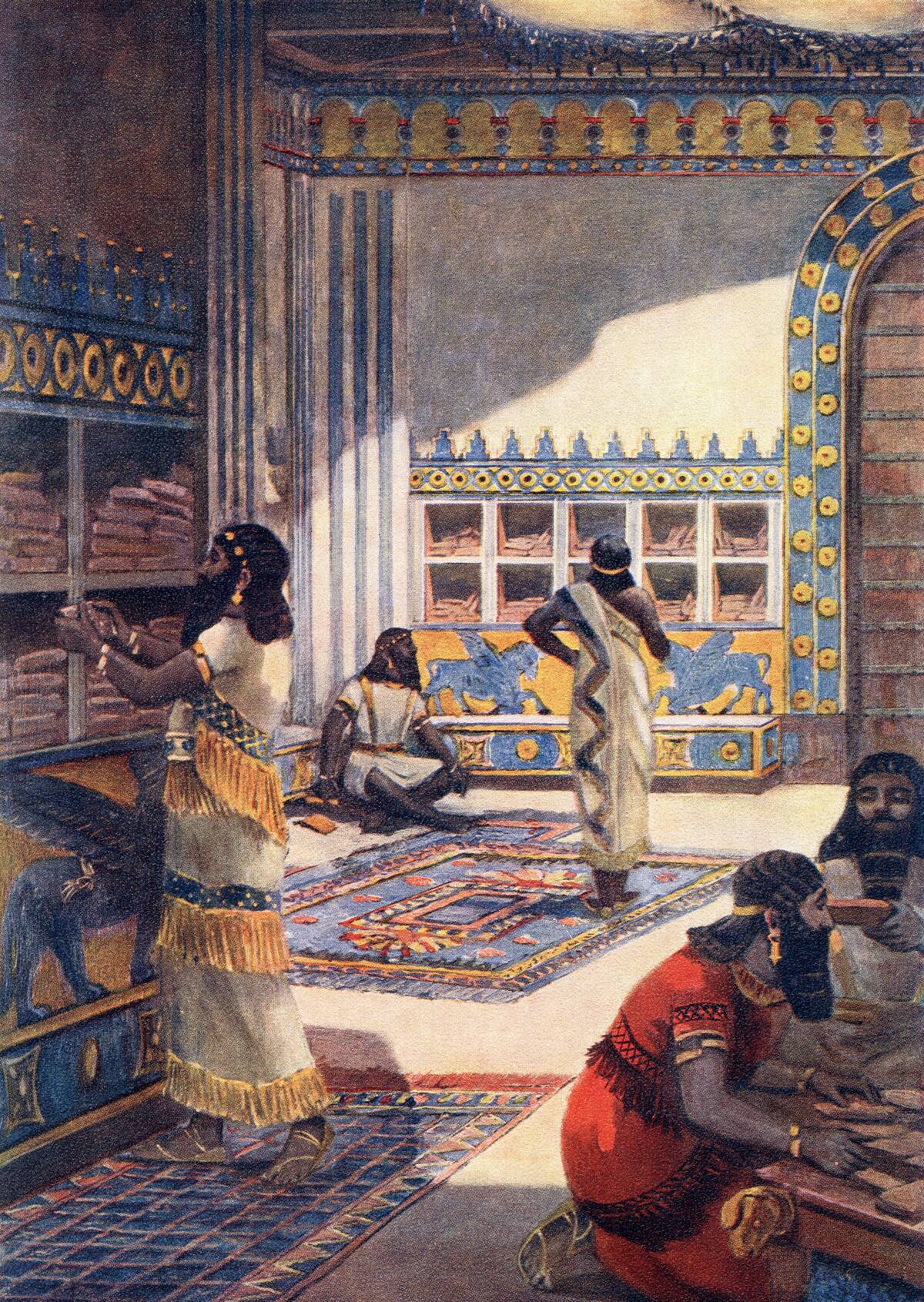
The Library of Ashurbanipal, located in the ancient city of Nineveh, is considered one of the earliest known libraries in history. Dating back to the 7th century BCE, it contained thousands of clay tablets inscribed with cuneiform text. These texts covered a wide range of subjects, including literature, science, and religion, offering a comprehensive look at the knowledge and culture of the Assyrian Empire. The library’s discovery has provided invaluable insights into the intellectual pursuits and administrative practices of the ancient Near East.



